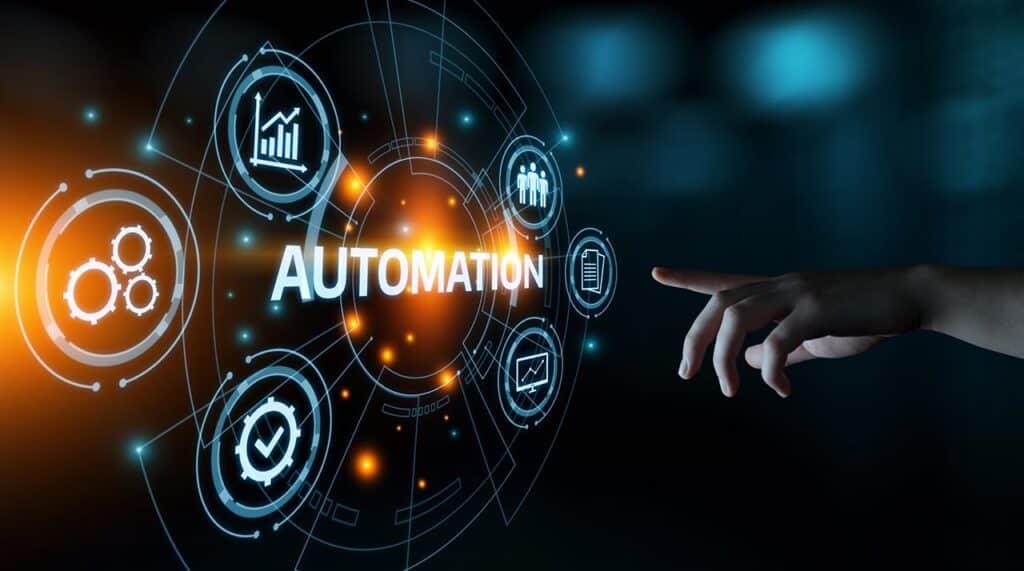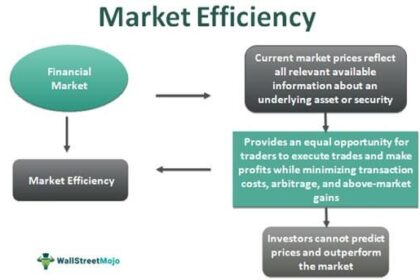In an era where technology seamlessly intertwines with everyday life, the realm of Human Resources (HR) stands on the cusp of a profound transformation. Automation, once the domain of manufacturing and computing, is now extending its reach into the heart of organizations, reshaping the way we manage talent, streamline processes, and enhance employee experiences. As businesses navigate the complexities of an increasingly competitive landscape, the integration of automated systems in HR promises to redefine traditional practices, offering both opportunities and challenges. This article delves into the multifaceted world of automation in Human Resources, exploring its impact on recruitment, performance management, and employee engagement, while considering the delicate balance between efficiency and the invaluable human touch that underpins successful workplaces. Join us as we unravel the evolving narrative of HR in the age of automation, shedding light on how technology can complement our innate human capabilities rather than replace them.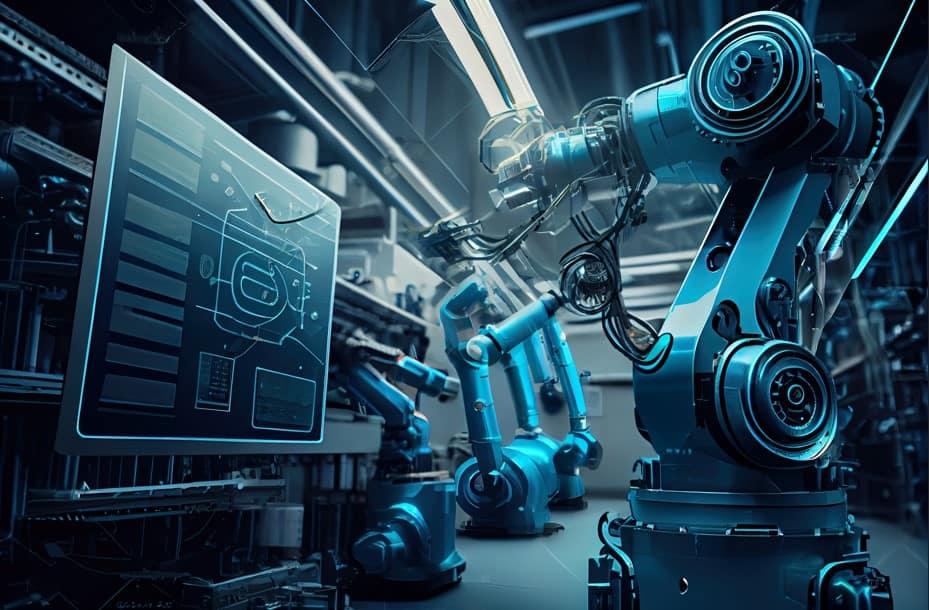
The Transformative Power of Automation in Talent Acquisition
Automation has emerged as a game-changer in the realm of talent acquisition, streamlining processes that were once time-consuming and labor-intensive. By leveraging artificial intelligence and automated systems, HR departments can now enhance their recruitment strategies, improving overall efficiency and candidate experience. Key benefits include:
- Time savings: Automation can handle repetitive tasks, allowing HR professionals to focus on strategic initiatives.
- Improved candidate matching: Algorithms can quickly analyze resumes and match them with job requirements, minimizing human bias.
- Enhanced communication: Automated workflows ensure timely follow-ups and notifications to candidates, fostering engagement.
Moreover, the implementation of automation tools creates a more data-driven approach to recruitment. HR teams can gather insights from recruitment metrics, leading to informed decision-making and improved strategies. For example, using automated analytics, organizations can:
| Metric | Benefit |
|---|---|
| Time-to-hire | Identify bottlenecks in the hiring process and optimize sourcing strategies. |
| Offer acceptance rates | Analyze reasons for candidate acceptance or decline, enabling better offer strategies. |

Enhancing Employee Engagement Through Automated Solutions
In today’s fast-paced business environment, harnessing automated solutions can significantly elevate employee engagement. By streamlining daily processes, HR teams can create a focused and fulfilling workplace where employees feel valued and heard. Automation can assist in conducting frequent pulse surveys, enabling organizations to gauge employee sentiment in real-time. Furthermore, by utilizing tools that provide personalized feedback and development recommendations, employees are empowered to take charge of their own growth, leading to an increased sense of ownership and engagement.
Additionally, automated communication platforms can enhance connectivity and transparency within the organization. Features such as chatbots and automated messaging systems allow HR teams to provide instant answers to employee inquiries, fostering a supportive environment. Organizations can also leverage automated task scheduling for team-building exercises and recognition programs, driving a culture of appreciation. This commitment to employee engagement can ultimately reflect in improved productivity and reduced turnover rates. Below is a comparison of traditional methods versus automated solutions in engagement strategies:
| Traditional Methods | Automated Solutions |
|---|---|
| Manual Surveys | Real-time Pulse Surveys |
| Monthly Team Meetings | Automated Feedback Tools |
| Individual Check-ins | Chatbots for Instant Support |
| Paper Forms for Feedback | Digital Engagement Platforms |
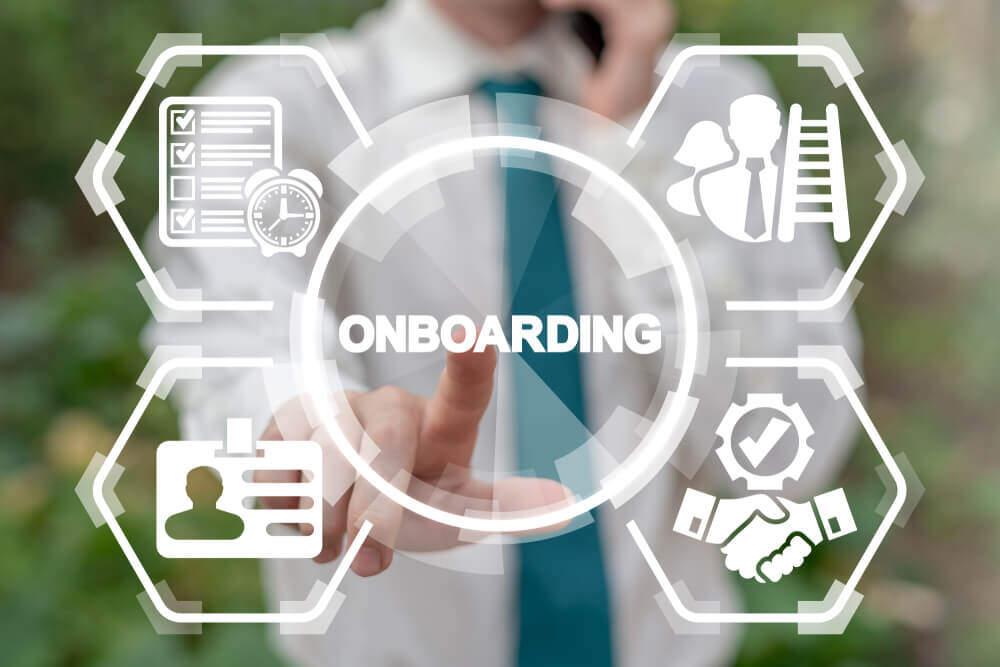
Streamlining Onboarding Processes with Technology
In today’s fast-paced corporate landscape, implementing technology-driven solutions has become essential for enhancing onboarding experiences. By leveraging automation tools, organizations can create a seamless and engaging introduction for new hires, ensuring they feel welcomed and informed right from day one. Digital onboarding platforms enable HR teams to streamline administrative tasks, allowing them to focus on building relationships and fostering connections. The elegance of automation lies in its ability to manage processes systematically, from document submission to training schedules, thus minimizing potential errors and enhancing the efficiency of the onboarding experience.
Moreover, data analytics can provide invaluable insights into the effectiveness of the onboarding process. By tracking metrics such as time-to-productivity and employee retention rates, companies can continuously refine their approaches. Here are some key technologies worth considering:
- Applicant Tracking Systems (ATS): Simplifies recruitment and onboarding paperwork.
- e-Learning Platforms: Offers interactive training modules accessible at any time.
- Chatbots: Provides real-time answers to new employee queries.
By embracing these tools, organizations not only enhance the employee experience but also bolster their own operational efficiency, paving the way for a more integrated workforce.
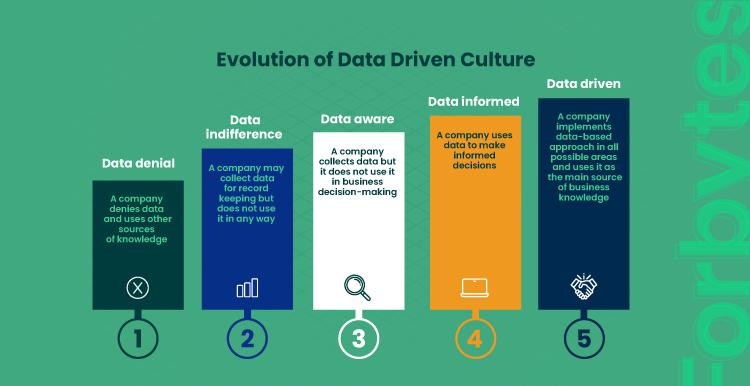
Data-Driven Decision Making: The Role of Automation in HR Analytics
In today’s fast-paced business environment, leveraging data through automation can lead to faster, more reliable decision-making processes in human resources. By integrating advanced technologies such as artificial intelligence and machine learning, HR departments can sift through vast amounts of employee data quickly and efficiently. This results in clearer insights into workforce trends, performance metrics, and overall employee satisfaction. Automation tools can handle repetitive tasks like collecting data from employee surveys, analyzing turnover rates, and generating reports, allowing HR professionals to focus on strategic initiatives that foster growth and engagement.
The implementation of automation in HR analytics not only streamlines processes but also enhances the accuracy and timeliness of decision-making. Organizations can benefit from real-time data analysis which enables them to respond proactively to issues as they arise. Key advantages include:
- Enhanced Predictive Analytics: Identifying trends in recruitment and retention.
- Improved Employee Engagement: Quickly addressing concerns before they escalate.
- Data-Driven Insights: Facilitating informed budgeting and resource allocation.
To exemplify the impact of data-driven decision-making through automation, consider the following table that outlines various metrics tracked using automated systems:
| Metric | Before Automation | After Automation |
|---|---|---|
| Employee Turnover Rate | 25% | 15% |
| Time to Hire | 45 days | 30 days |
| Training Success Rate | 60% | 85% |
Future Outlook
As we stand on the cusp of a new era in Human Resources, the integration of automation invites us to reimagine the dynamic between technology and human connection. While algorithms and software tools enhance efficiency and accuracy, they also raise important questions about the essence of our work and the value of personal interaction. The path forward will require a thoughtful balance—leveraging automation to handle repetitive tasks while nurturing the core of HR: empathy, understanding, and the human touch. Embracing automation is not merely about replacing effort; it is about elevating the strategic potential of HR professionals to drive meaningful change within organizations. As we forge ahead, let’s embrace technology as our ally, empowering us to build workplaces that are not only smarter and more efficient but also genuinely human-centric. The future of Human Resources is here, and it invites everyone to be part of an exciting transformation, where people and technology unite for shared success.


